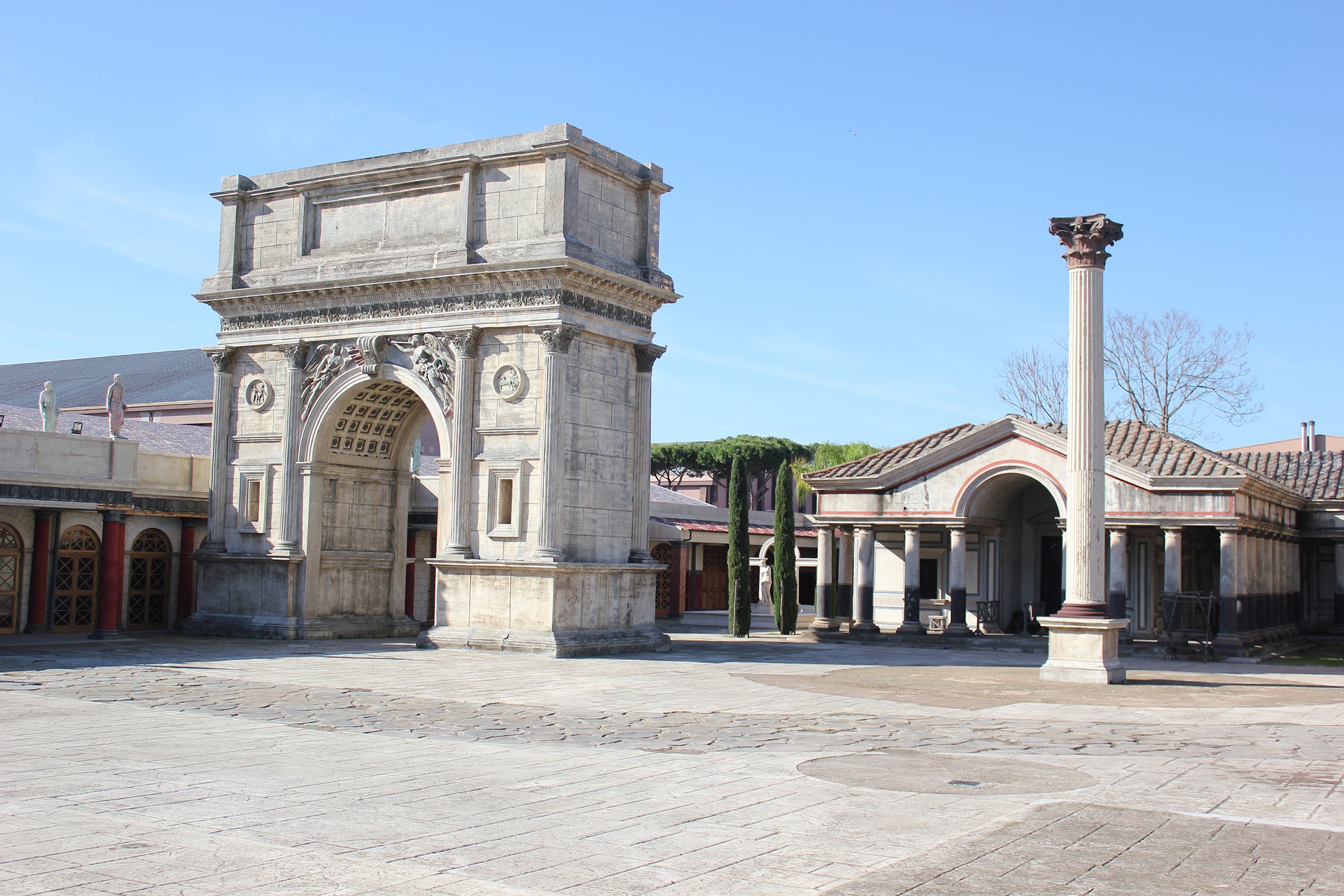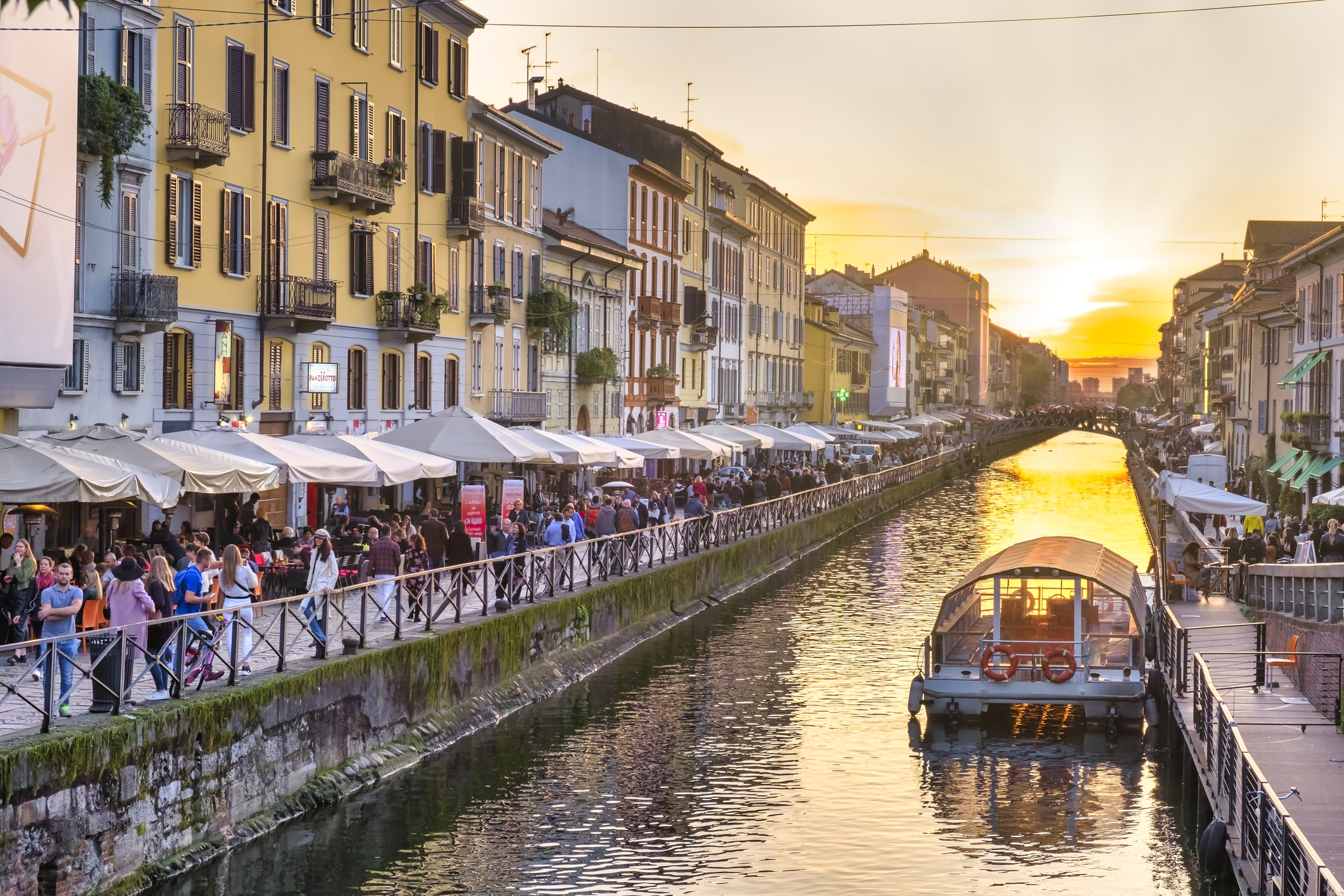In 1924 the L.U.C.E. Institute (Educational and Cinemato-graphic Union) was founded to narrate Italian history through images, stories and movies. One year later, the name was changed to Luce National Institute (Istituto Nazionale Luce) and taken over by Benito Mussolini, who understood the enormous potential of the Institute to influence the populace.
During the Fascist period the Luce Institute became the main instrument used by the regime to manipulate popular opinion and parade an image of power and glory. Its origins aside, the Institute survived to the end of the Fascist dictatorship and has continued to operate up to the present day, making it world’s the oldest public cinema institute. Its archive includes thousands of movies and three million still pictures. It’s an amazing heritage in terms of numbers and the variety of themes that in 2013 was included in the UNESCO Memory of the World register.
Today, 90 years from its establishment, the Luce Institute celebrates the anniversary with “L’immaginario italiano”, a fascinating exhibition that traces Italian history from the beginning of the 20th century until today.
To tell this intriguing evolution of our country “L’immaginario italiano” decided to follow two ideal trails. The first one shows how Italy pictured itself and told its story in an official and formal way. So there are the first “cinegiornali” (“cinenews”) produced by Luce, which would be the first sort of “news” that from the 20s’ allowed millions of Italians to see and discover cities, far countries, unknown populations and cultures.
The birth of an Italian public opinion starts from these “cinegiornali”, together with the inception of preconceptions, false beliefs and illusions that the Fascist dictatorship wanted to instill into people’s minds.
The Luce Institute created an educational, informative, but also propagandistic process which today is embodied in its millions of documents. All this footage tells the contradictory story of Italy, which believed in a false imaginary offered by the Fascist regime but also got out of the war and had the will to rebuild a destroyed country, develop a new democratic society, and follow a path towards modernity.
At the same time, the exhibition tells the other side of that very same story: the viewer who couldn’t stand the rhetorical speeches and “shows” of Mussolini, the extreme poverty of the farmers who had to pretend to smile in front of the cameras, the deep dejection of soldiers fighting a war that was represented as a triumpht but that in reality was a disaster. And the irony of a speaker talking about women workers from the ‘50s, the formality of politicians, and the people asking for new rights and reforms. Through all these downsides of our country, the viewer is able to reach a captivating and complex image of Italy, discovering the many layers that contributed to built the contemporary Italy, allowing people to understand something more about their country thanks to its past.
“L’immaginario italiano” is organized by the Instituto Luce, and sponsored by the Alto Patrocinato del Presidente della Repubblica (Republic Presidential office), the Ministero dei Beni e delle Attività Culturali e del Turismo e della Regione Lazio (Ministry of cultural Heritage and Activities, and the Ministry of Tourism of Lazio region) in collaboration with Roma Capitale organization. The curators are Gabriele D’Autilia and Roland Sejko.
The exhibition will take place in Rome at the Vittoriano Museums from the 4th of July until September 21st.






























